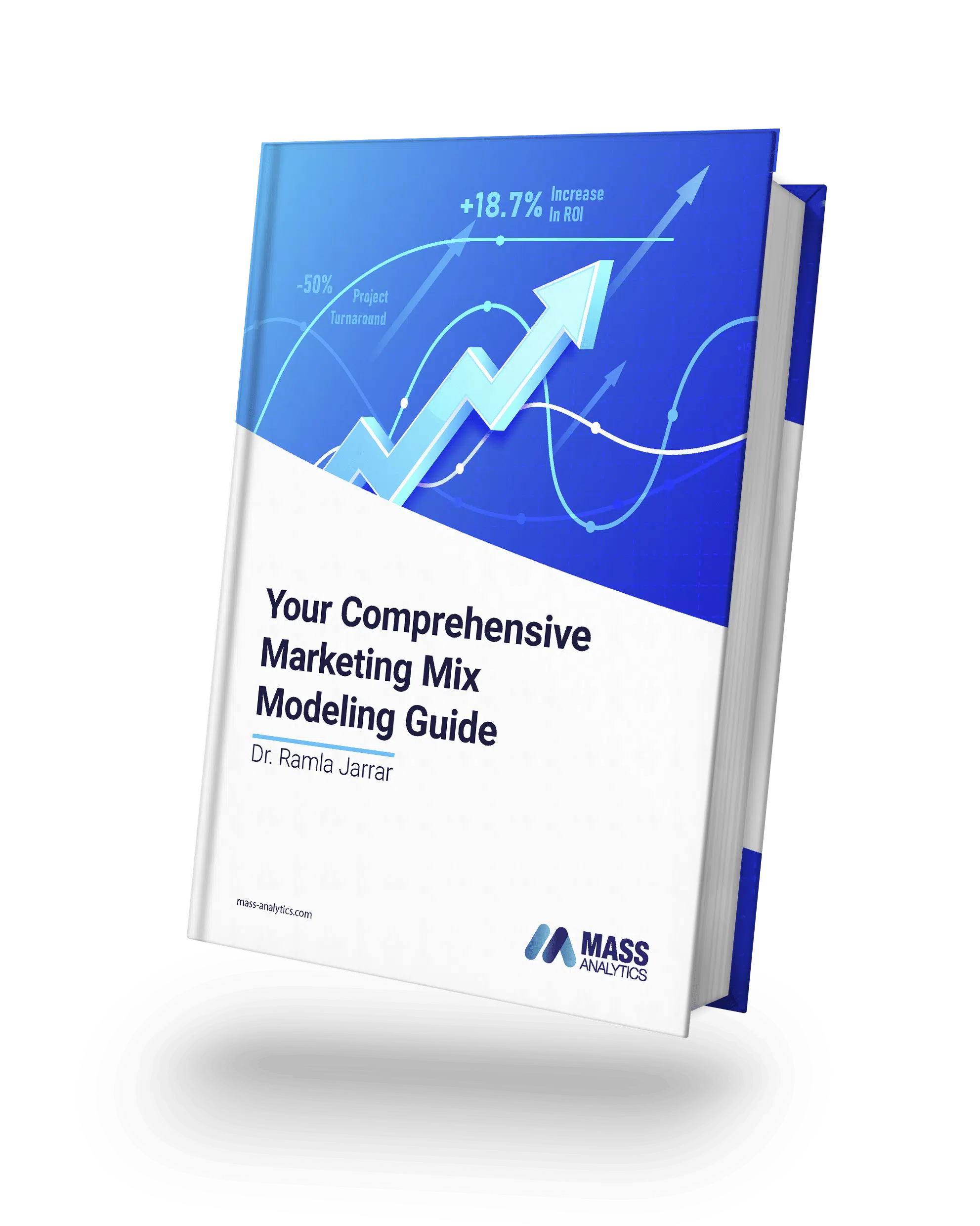How to Predict Business Outcomes
with Marketing Mix Modeling
How to Predict Business Outcomes
with Marketing Mix Modeling

Previously in our series, we explored how optimization works in the context of Marketing Mix Modeling. In this article, learn how to predict business outcomes, like sales’ forecast and media performance, with your MMM model!
Your manager developed different media investment scenarios, and they want to know which one is best to implement.
Using the Marketing Mix Model equation that you have created, you can predict the outcome that will be generated by implementing each of those scenarios.
You will also be capable of comparing the outcome across all of them and advise your manager about the best plan to follow to grow the brand and help the business.
That’s what prediction is all about!

Prediction is part of Deployment, the final step of the MMM workflow. Before getting to this stage of the MMM project, it’s crucial to ensure that the model is robust, otherwise you will not get sound results. So, verify that the model makes sense statistically and commercially, before creating forecasting and simulation scenarios based on it.
STEP 1
Create the model while keeping in mind that the more robust the model is, the better the prediction will be. It is important to look at the level of T-stats, and the robustness of the measures.
STEP 2
Get a scenario plan. Generally, the scenario plan will come from the business: the marketing director, media planner, client, or whoever is interested in evaluating the outcome-specific scenario.
STEP 2
STEP 3
To predict how much sales the client will gain when they follow that scenario plan, take the model coefficients as estimated through the robust model and apply them to the scenario plan.

Prediction in MassTer
MassTer’s Predict module allows you to evaluate the sales impact to be generated from a specific plan (scenario) based on the results of a saved model. You can evaluate different plans related to the same model and compare them.
In the Scenarios tab, you will be creating different scenarios and displaying their data.
In the Predict Tab: In Order to create a new report, you need first to select the model you want the forecast to be based on and assign it to a specific Scenario (i.e. your loaded data).

All models and scenarios saved in the current session will appear in the select scenario drop-down menu.
- Select a model,
- Select the desired Scenario,
- Choose the forecasting period. (the dates appearing are the start and end dates of the loaded scenario by default),
- Click Save.
Once you click Save, the following window will pop up where you can name the report.
Prediction in Practice

Let’s take the example of a business that wants to double its TV activity.
They would like to understand the outcome of two scenarios.
The first is the current scenario where they did not change any investment in media and marketing. In the second one, they have kept all the variables (except TV) at the same level. The television budget was doubled.


Prediction Process

First, they need to decide which model to use as part of the MMM exercise.
Criteria for choosing the right model include robustness, which means that the T-stat and the P-value should be at their correct values to make sure that the prediction is accurate.
Once that is done, the variables will be transformed following the same transformation that has been applied to raw variables to mimic those patterns. After that, Prediction will use the coefficients that have been estimated through the model and apply them to the investment plan.
By adding all those together, they will be capable of forecasting the level of sales that will be achieved as a result of doubling the TV spend. In other words, they will estimate the coefficients based on historical data. At this stage, the scenario plan will tell them what their decision should be about the investment.
Prediction Outcome

When they doubled the TV budget, the contribution that is gained from television only increased by 30%.
Doubling the budget of television did not result in doubling TV contribution. That is because TV has a component of the diminishing returns that has been built into it!
In our optimization article, we talked about the importance of building diminishing returns on every single media activity you have. If we look at overall sales, doubling TV spend resulted in increasing total sales by 1.6%.
So, we can report to the manager that if we decide to double the budget of television, compared to the current one, we would be capable of increasing our revenue by 1.6%, and that the contribution that comes from television will increase by 30%.

Summary
Prediction works through using the model, the history, and what has been learned from the model to predict how the customers will behave if the business changes the different levels of their media, and marketing activities.







